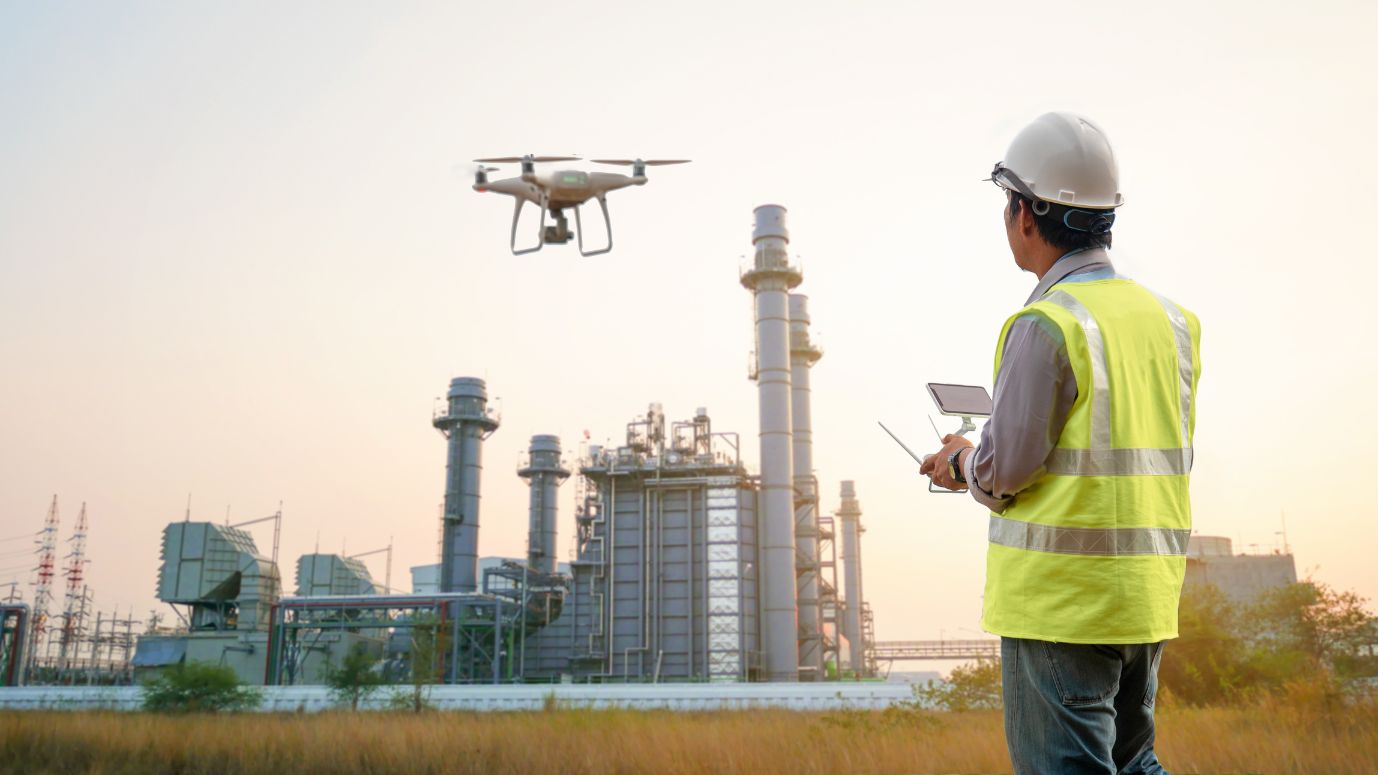Human-Centred Innovation: Developing New-Age Capabilities
Have you ever attempted to put on your shoes in a hurry only to discover that they were on backwards? If you have, take comfort in the fact that millions of others have done so over the previous 200 years, owing to the foresight of William Young of Philadelphia, who created distinct left and right shoes in 1817.
Young’s idea is a critical first step (pun intended) toward human-centric innovation, an aim that has gained much attention in current years.
A 21st-century view on innovation
Organizations throughout the globe are concentrating on five important areas:
- Identifying and developing new business opportunities
- Increasing profits
- Increasing productivity
- Keeping up with the competition
- Providing superior client service
As we go forward, innovation has taken centre stage due to the fast development of the data ecology and the growing velocity of digital disruptions.
While human civilization has always been characterized by ongoing invention, the pace of these changes is increasing. The combination of innovation and emerging technologies, particularly the critical digital groundbreakers, is ushering in a new age of change that is more human-centric than ever before.
The ‘innovation narrative’ used to be centred on five to six important technologies even a decade ago. Today, we’re seeing fast change, with new ‘incremental innovations’ appearing every five to six months. True innovation is no longer just about new technology; it’s about simple business models that can use ‘leading-edge digital capabilities,’ all while keeping the ‘always on’ user in mind.
The advent of the ‘Integrated Digital Mindset,’ with the capacity to see and embrace a unified experience roadmap – from the silicon chip to the cloud – with the user at the centre of the process, has been a distinguishing aspect of this innovation-centric environment. The rise of the connected, intelligent, and collaborative email ecosystem, which provides a unified experience across devices, apps, and platforms – from the desktop to the cloud – is a great illustration of this transition.
As the digital transformation proceeds, I believe the following seven digital disruptions will impact the global environment over the next five years:
Non-conventional computing techniques:
Non-traditional technologies such as quantum computing and deep neural networks are developing to address the need for more processing capacity as Moore’s Law approaches its possible breaking point. The trend seems to be shifting from conventional to Digital to neuromorphic, indicating a rising emphasis on human-centeredness.
Data storage in DNA:
This provides a revitalized method for data storage by storing binary data in the base pairs of synthetic DNAs. A single gramme of DNA is thought to be capable of storing all of the information created by people in a year, and it is set to revolutionize how we manage, store, and retrieve data in the future.
Cloud that is distributed:
Distributing cloud infrastructure across several geographies while assuring centralized operations, governance, and evolution through an accessible public cloud is proven to be a key facilitator for the forward innovation path. A distributed cloud system has two major advantages: lower costs and data sovereignty.
The digital duplicate of the Earth:
A digital double of the Earth, which would provide a real-time glimpse of the planet’s issues, might be the next great step. The Earth’s digital twin would assist monitor and preventing all possible bad events, from the tiniest brush fire to riverbank erosion to climate change, using a network of low-earth-orbit satellites and a global network.
Humans with augmentations:
From smart exoskeletons for superhuman speed and endurance to auditory implants for unrivalled hearing, emerging technology can enhance human life. While this raises the possibility of ethical dilemmas, such enhancement can improve the overall quality of human existence.
Biotechnological tampering:
The ongoing recording, processing, and storage of human-generated data have expanded due to the digital revolution. While privacy problems exist, this data stream may produce better medical solutions and improve the overall quality of life via biohacking.
Emotional encounters:
By 2024, AI-driven emotion recognition will have influenced almost half of the web advertising we encounter daily. Therefore, a scenario of mood-oriented computing and hyper-personalized experiences addressing human beings’ underlying emotional state is driven by a combination of affordable sensors and better computers.
Putting people first: Towards human-centricity
Three of the seven significant trends previously mentioned are directly related to humans and their general well-being. While the first four seem to be technology-driven disruptions, they are all geared at enhancing the total human experience, emphasizing the need of placing human-centricity at the centre of our innovation strategy.
Low code/no-code applications, which may offer a tight match for business objectives and can be deployed rapidly and at a reduced cost, are a crucial facilitator in this path. They promote an overall transition towards improved and simplified productization and platform station by handing over development efforts to users rather than professional system developers.
An increased emphasis on R&D efforts is complementary to the advantages of techniques such as ‘low code/no code’ by promoting the development of additional enablers that may simplify user experience and aid in creating effective procedures to prevent possible misuse. The goal is to enable users to experience the advantages of digital technology while keeping them from harming themselves, much like a youngster at a Lego shop.
In this hyperconnected world, businesses must reinvent their operations to have a more human-centric emphasis via a solution and consulting strategy, rather than continuing to provide just what they believe they can give. The change would not only aid in the creative process, but it would also be critical in attracting, maintaining, and expanding client attention.
Developing new-age talents to prepare for the future
The lack of new-age competencies to utilize emerging prospects, on the other hand, would jeopardize the innovation path. Continuous skill development, emphasizing particular and targeted certifications and training, is a crucial facilitator in this approach. We’d also have to go beyond the old mindset of targeted distribution and instead employ a digital-driven structure to distribute the most relevant content to consumers from all walks of life.
With innovation timeframes shortening, no substantial gaps in the global knowledge chain must appear or remain, an issue that may be efficiently met with the newest digital dissemination techniques at our disposal.
Another component of the new age capabilities paradigm is the advent of smart serviceable items and DIY kits. We are promoting user-centricity and developing a framework for delivering superior customer experiences across the board by enabling users to alter and implement their individual product needs.
Reduced skill gaps and the development of new-age talents might be useful in assuring continuing corporate success in an era when speed (or the lack thereof) has emerged as a significant cost driver. A streamlined environment that combines the digital and physical (what we term ‘Digital) may therefore not only help drive a strong innovation journey but also supply the circuitry of key capabilities for assuring the construction of a genuinely connected, human-centric future.





